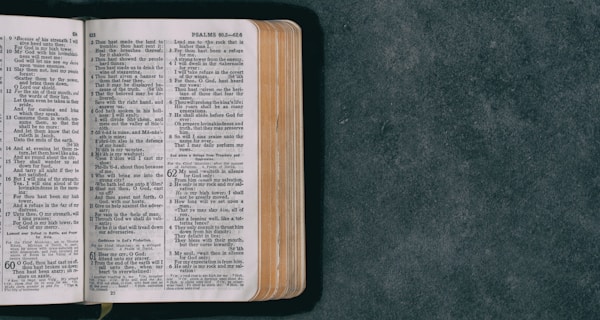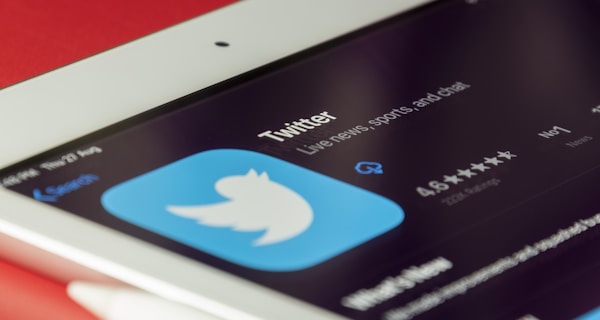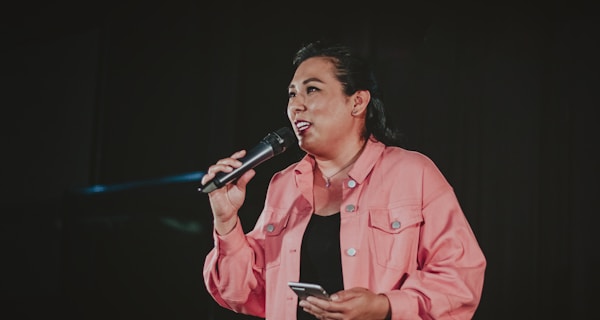How to avoid plagiarism in academic writing

You’ve probably heard about the term plagiarism. When you got your assignment, being an essay, paper or thesis, your professor probably warned you not to commit plagiarism. But what is plagiarism exactly and how can you avoid it?
What constitutes plagiarism?
Merriam-Webster online dictionary defines plagiarism as: “to steal and pass off the ideas or words of another as one’s own : use (another’s production) without crediting the source.”
Without a reference to the original source, the following situations constitute plagiarism:
- Copying and pasting a paragraph word-for-word from a book in your paper
- Putting an idea of someone else in your own words
- Submitting a paper written by someone else to your university
- Reusing an old paper you wrote yourself for a different class
Does this mean you can never do any of the things outlined above? No. You are allowed to use someone else’s words or ideas, but you need to include a complete and correct citation (i.e. a reference to the original source).
The easy, yet important, steps outlined below further explain how to avoid plagiarism in academic writing.
Step 1: Paraphrase or quote properly
Writing down your own thoughts is in most cases the best course of action. However, if you do want to use the words or ideas of someone else, you can use two methods: quoting and paraphrasing.
Quoting
Quoting means copying someone else’s words word-for-word. It is important to enclose the text in quotation marks, don’t make changes to the text, and include an in-text citation after the quote. A quote from an article from the New York Times looks as follows:
The New York Times states: “For the first time in the march’s history, a group of researchers combined artificial intelligence and manual counting techniques to estimate the size of the crowd.” (Lai, Wu, & Huang, 2019)
Paraphrasing
Paraphrasing means putting something in your own words. You do not enclose the text in quotation marks, but you still need to include the in-text citation. For example:
To estimate the number of people attending the march, researchers used an innovative counting method. They combinated A.I. and manual counting for the first time (Lai, Wu, & Huang, 2019).
Step 2: Include a complete and correct citation
A citation is used to reference the source of information. What information to include and how to format the citation, depends on the citation style, for example: APA, MLA, or Chicago. The guidelines of your university or professor usually indicate which citation style to use.
For most citation styles, the citation consists of two elements: a brief in-text citation or footnote and a full entry in the reference list or bibliography.
In-text citation (APA citation style)
The cookie notification has a negative effect on the consumer’s trust in a website (Miyazaki, 2008, p. 23).
Reference list entry (APA citation style)
Miyazaki, A. D. (2008). Online Privacy and the Disclosure of Cookie Use: Effects on Consumer Trust and Anticipated Patronage. Journal of Public Policy & Marketing, 27(1), 19–33. https://doi.org/10.1509/jppm.27.1.19
Want to cite your sources quick and easy? Use Citationsy!
Step 3: Use a plagiarism checker for students
Upon submission most universities automatically run your document through a plagiarism checker. Most universities use very advanced plagiarism detection software such as Turnitin. Don’t worry, you can also use a plagiarism checker before submitting your paper.
When choosing a plagiarism checker you should pay attention to a couple of things:
- Does the check compare your paper to only web pages, or also books and scholarly publications since these sources are common in academic writing.
- Is the company reliable? Many checks store or even sell your document. Check the privacy policy and terms of use before uploading.
- Is the software able to detect more than ‘exact matches’? Just copy a sentence from a website and change one word. Can the plagiarism checker still detect it?










